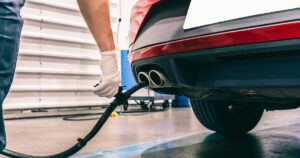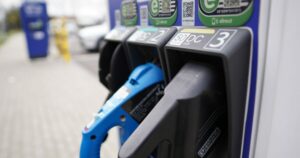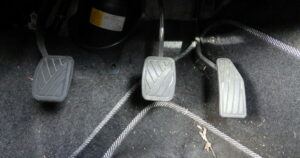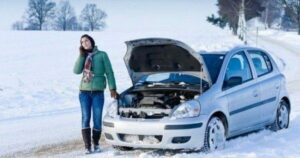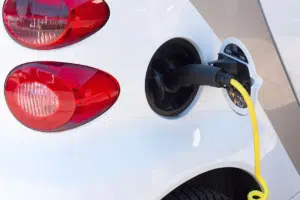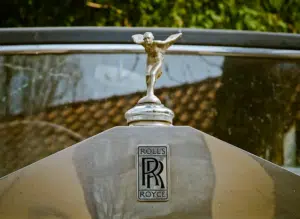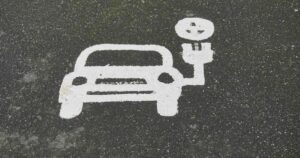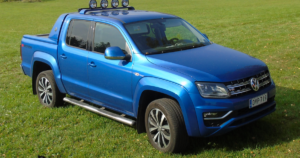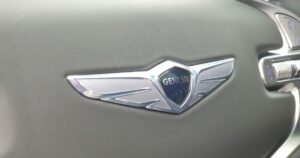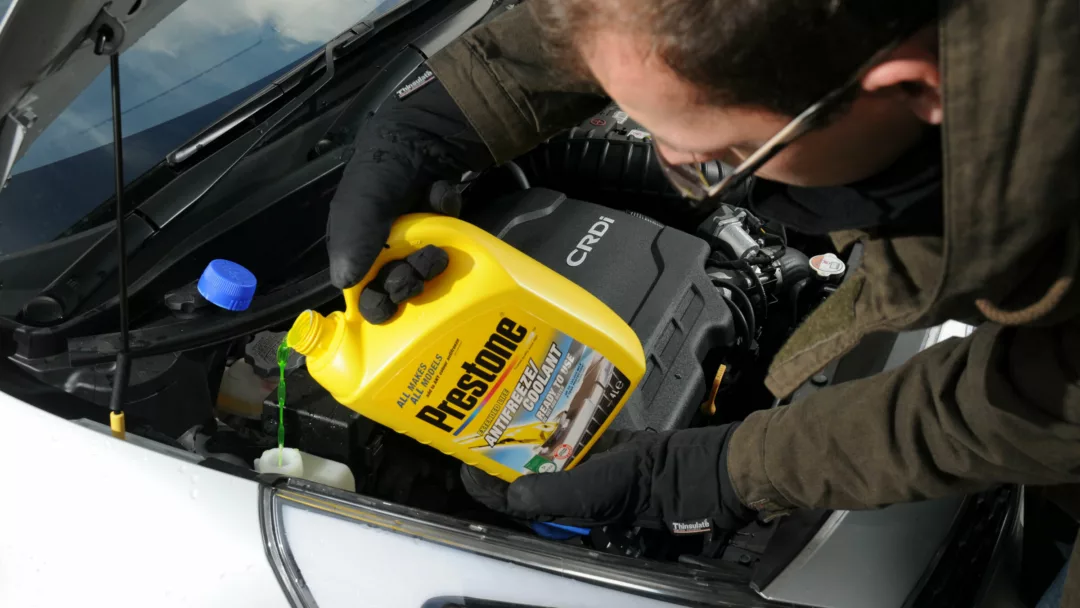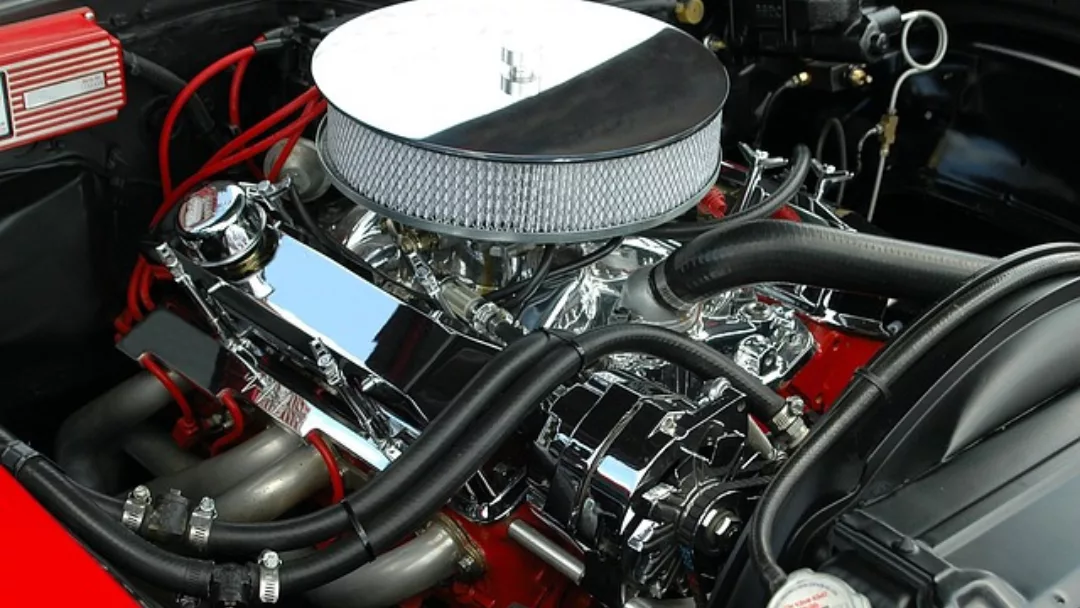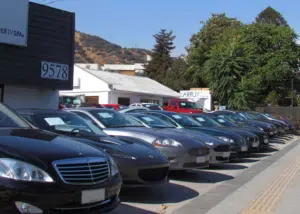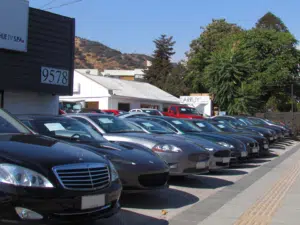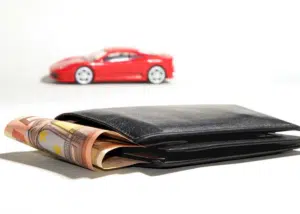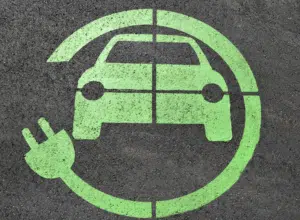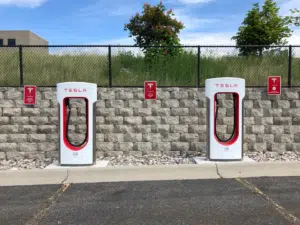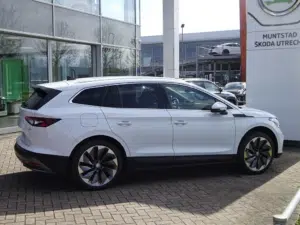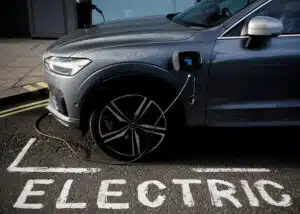Did you know that different cars require different coolants? You might be thinking it’s going to be tricky to find the right one that you need for your car, but that’s where we come in. It’s all about finding the right kind with the right concentration so here’s our go-to guide for all your questions on coolants and antifreeze and how to find the correct coolants for your car.
What’s the difference between coolant and antifreeze?
Engine coolant and antifreeze may sound like they are two completely different things, but they’re actually one and the same. Engine coolants, also known as antifreeze, are essential to your car’s engine performing the way it does. Without it, the engine can overheat and cause lasting damage to your vehicle says Euro Car Parts, but the coolant you’ll need will depend on the vehicle you have.
Antifreeze is a concentrated product, normally based on glycol and contains inhibitors, according to the AA. Some types have to be diluted with water to make them a suitable concentration before use, which is where the name coolant comes from.
Coolant is a 50-50 mix of antifreeze (ethylene glycol) and water. The antifreeze prevents the water from freezing, as well as any overheating by increasing the boiling point of the water, says Parkers.
What type of coolant/antifreeze should my car use?
The correct type of coolant for your car should be shown clearly in your vehicle handbook, but if you don’t it, you can always refer back to the dealership to check if you’re unsure.
There are several types of good quality coolants/antifreeze to choose from, each of which is organised by chemical compositions and colours, says Euro Car Parts:
- IAT (Inorganic Additive Technology) – Silicates – Green
- OAT (Organic Acid Technology) – Organic Acids – Orange
- HOAT (Hybrid OAT, Phosphate-free) – NAP-free – Turquoise
- HOAT (Hybrid OAT) – Silicates and organic acids – Yellow
- Si-OAT (Silicated HOAT) – Silicates and organic acids – Purple
- P-HOAT (Phosphated HOAT) – Phosphates and organic acids – Blue or pink
The main thing is to always check and make sure you use the correct coolant for your car because using the wrong type will likely cause expensive or irreversible damage to your engine.
How do you check your engine coolant/antifreeze?
It’s a good idea to check in on your engine coolant at least twice a year, ideally once before summer and once before winter. If you’re unsure where to locate your engine coolant, you can check your vehicle logbook for the location of the filler cap.
Once located, it’s always best to ensure the engine is cool before opening the filler cap, and if so, the way to tell if your coolant needs topping up is if the level drops below the guide marks. The coolant should ideally be between the min and max marks on the side of the tank says the RAC.
If the coolant level is low, you’ll just need to add the correct coolant to the reservoir until it rises to the cold fill line. Once completed, simply replace the cap and tighten it up until you feel it click then close the bonnet.
What happens when coolant is low?
If your engine coolant is low, then you’ll probably know about it. There is a coolant level sensor, that is responsible for measuring the coolant level of your engine and if the level drops below a safe level, the coolant light will come on to alert you that coolant must be added.
Low coolant can be dangerous to your engine’s cooling system because this is what keeps the engine from overheating during its normal operation. So the quicker you act when you see that coolant light appear on your dashboard, the better.
How to flush the cooling system
If you’ve never flushed your cooling system before, then not to worry. Start by parking the car on a level surface and turn off the engine and allow for it to cool down for at least an hour before beginning.
Motor Verso recommends locating your radiator drain plug and removing it. Place a large container beneath it to catch any coolant that drains out. Once all of the coolant has drained, replace the drain plug and tighten it securely.
Once you’ve done that, fill your radiator with a mixture of water and a flushing agent designed for cooling systems, then start your engine up and let it run for a bit before turning it off again. Let this mixture sit in your system for at least 30 minutes before draining again.
After draining out the old coolant, you’ll then be able to refill your car’s radiator with some fresh coolant/antifreeze, ensuring to leave a little bit of room just in case of expansion when hot temperatures are reached while driving or idling.
Giving your vehicle a good flush every now and then is always a good idea and will help maintain your cooling system and ensure the coolant is at the recommended levels.
I want to replace or top up the coolant. What should I use?
Looking to replace or top-up your coolant? You’ll be pleased to know that coolant/antifreeze isn’t something that needs changing regularly. You can find this out in your vehicle’s manual for the exact mileage your vehicle should have done between coolant changes.
Generally, manufacturers’ guidance can vary as they say it can be after a minimum of 30,000 miles depending on how old your car is that you’ll need to drain and replace the coolant, according to the RAC.
If you are replacing your coolant, perhaps you’ve noticed some rust (corrosion) or discolouring. It’s always best to replace it as soon as you can with the correct coolant recommended by the vehicle manufacturer or one that meets the specification set by them, says the AA. If you are ever in doubt, you can always speak to a local mechanic who will be able to advise on the best way to protect your car’s radiator and keep it running well!












